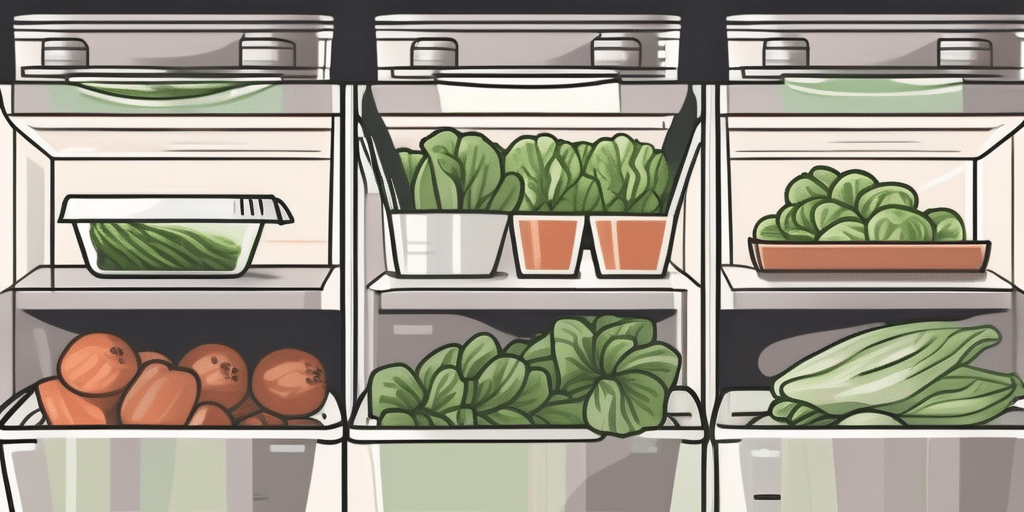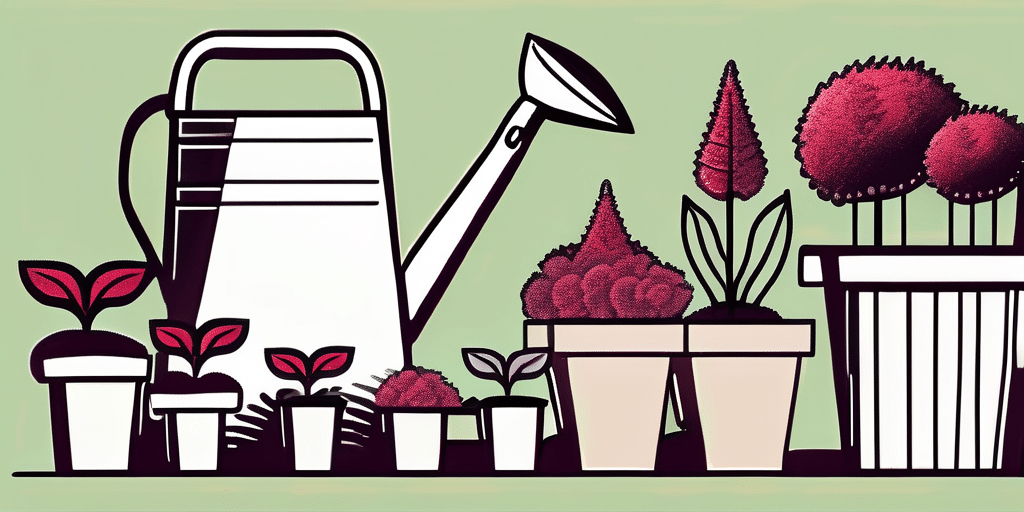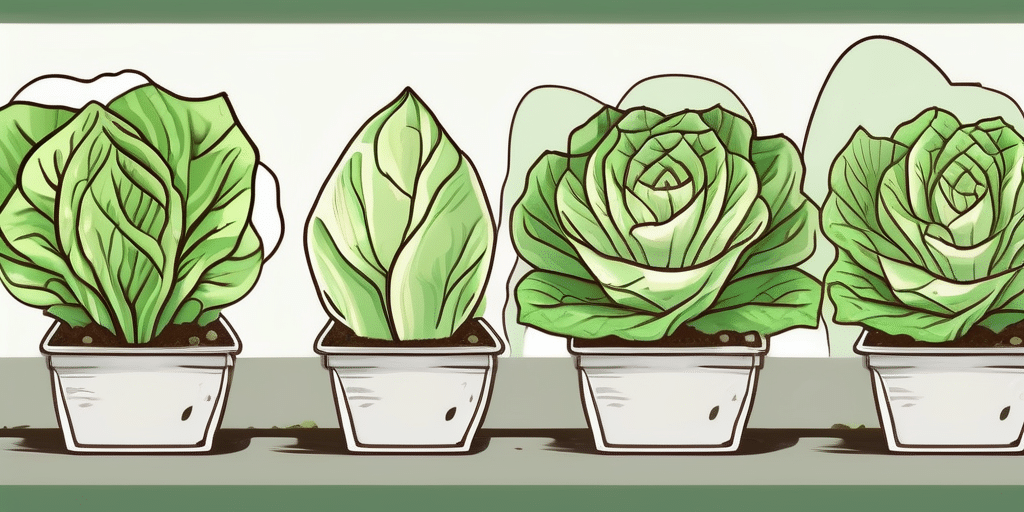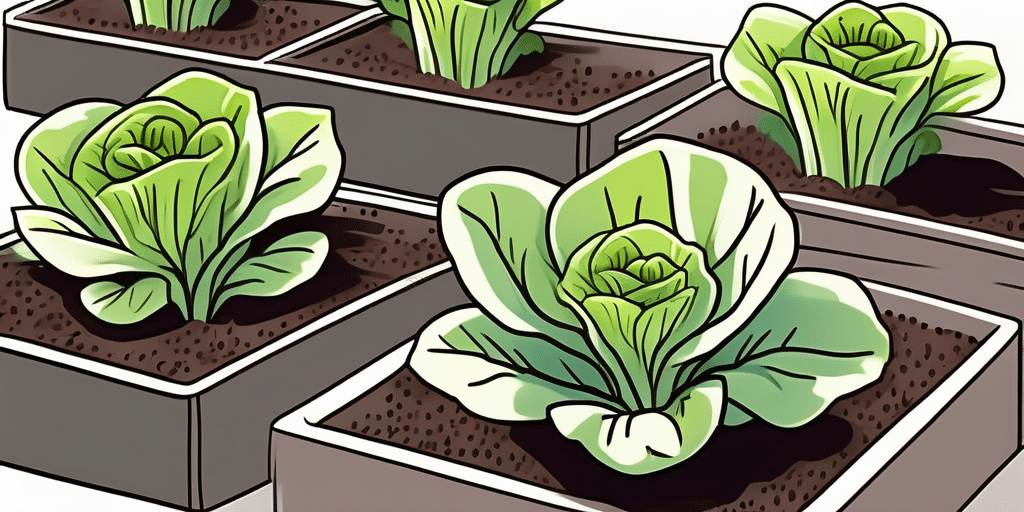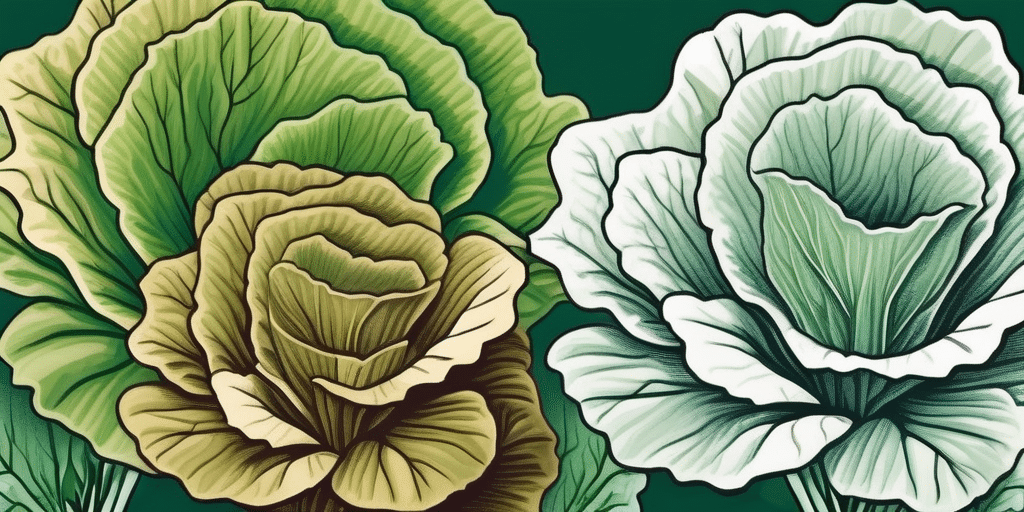Sucrine lettuce, also known as sugarloaf or sugar lettuce, is a delicious leafy green that is easy to grow in your own garden. Whether you have a large outdoor space or just a small balcony, you can successfully grow sucrine lettuce and enjoy its crisp, sweet leaves in your salads. In this article, we will guide you through the process of growing sucrine lettuce from seed to harvest, both indoors and outdoors, and provide essential tips for a successful harvest.
When to Start Sucrine Lettuce
Knowing the right time to start your sucrine lettuce seeds is crucial for a successful crop. The ideal time to start sowing sucrine lettuce seeds is in early spring, once the threat of frost has passed and the soil temperature has reached at least 40°F (4°C).
It’s important to consider the growing conditions for sucrine lettuce. This variety thrives in cool weather and can tolerate some shade, making it a great option for early spring planting. Sucrine lettuce prefers well-draining soil rich in organic matter, so amending your garden bed with compost before planting can help provide the nutrients it needs to grow.
When starting your sucrine lettuce seeds, you can choose to sow them directly into the ground or start them indoors in seed trays. Starting seeds indoors can give you a head start on the growing season and help protect young seedlings from pests. If you opt to sow directly into the ground, make sure to prepare the soil by loosening it to a depth of at least 6 inches and removing any debris or rocks that could impede root growth.
How to Grow Sucrine Lettuce From Seed
Before planting sucrine lettuce seeds, it’s important to prepare the soil properly. Sucrine lettuce prefers well-draining soil that is rich in organic matter. Start by loosening the soil and removing any weeds or rocks. Then, amend the soil with compost or well-rotted manure to improve its fertility.
Sucrine lettuce, also known as Little Gem lettuce, is a compact variety that is perfect for small gardens or containers. Its sweet, crisp leaves make it a popular choice for salads and sandwiches. When selecting a location to plant your sucrine lettuce, choose a spot that receives at least 6 hours of sunlight per day.
- Sow the seeds directly into the prepared soil, about 1/4 inch deep.
- Water the soil gently to ensure the seeds make good contact with the soil.
- Keep the soil consistently moist until the seeds germinate, which usually takes around 7-10 days.
- Once the seedlings appear, thin them out, leaving about 6-8 inches of space between each plant.
- Water regularly to keep the soil evenly moist throughout the growing season.
Remember to provide sufficient airflow around the plants to prevent diseases such as rot or mildew.
Additionally, sucrine lettuce is a cool-season crop, meaning it thrives in temperatures between 60-70°F. If you live in a warmer climate, consider planting your sucrine lettuce in the early spring or fall to avoid the heat of summer. To extend your harvest, sow new seeds every 2-3 weeks for a continuous supply of fresh lettuce.
How and When to Transplant Sucrine Lettuce
Transplanting sucrine lettuce seedlings is an important step in the growing process, especially if you are starting them indoors or in a greenhouse.
Sucrine lettuce, also known as Little Gem lettuce, is a crisp and sweet variety that is a favorite among home gardeners. Transplanting these delicate seedlings requires careful attention to ensure their successful growth and development.
- Wait until the seedlings have developed at least three to four true leaves before transplanting.
- Choose a location with full sun or partially shaded area for transplanting.
- Prepare the planting hole by digging a small depression and loosening the soil.
- Carefully remove the seedlings from their original container, keeping the root system intact.
- Place each seedling into the planting hole and gently firm the soil around it.
- Water the newly transplanted seedlings immediately to help them establish their roots.
When transplanting sucrine lettuce, it is important to handle the seedlings with care to avoid damaging their delicate roots. The ideal time to transplant sucrine lettuce is in the early morning or late afternoon to prevent the seedlings from wilting in the midday sun.
How to Plant Sucrine Lettuce – Spacing and Patterns
Proper spacing and patterns are essential for sucrine lettuce plants to grow and develop fully. When planting sucrine lettuce, follow these guidelines:
- Leave approximately 6-8 inches of space between each plant to ensure proper air circulation.
- For rows, space them about 12-18 inches apart.
- Consider planting sucrine lettuce in succession to ensure a continuous harvest throughout the growing season.
- Rotate the location of the sucrine lettuce crop each year to prevent disease buildup in the soil.
Proper spacing is crucial for the health and productivity of sucrine lettuce plants. Adequate space between plants allows for better air circulation, reducing the risk of diseases such as powdery mildew. Additionally, it enables each plant to access sufficient sunlight, water, and nutrients from the soil, promoting robust growth and development.
When planning the layout of your sucrine lettuce garden, consider incorporating companion planting strategies. Pairing sucrine lettuce with compatible companion plants, such as radishes or carrots, can help deter pests, attract beneficial insects, and optimize space utilization. Companion planting is a sustainable gardening practice that harnesses the natural relationships between different plant species to create a harmonious and biodiverse environment.
How Long to Grow Sucrine Lettuce
The time it takes for sucrine lettuce to mature and be ready for harvest depends on several factors, including the variety and growing conditions. On average, sucrine lettuce takes around 55-60 days from seed to harvest.
However, you can start harvesting the outer leaves of the sucrine lettuce plants as soon as they reach a good size, typically around 4-6 weeks after planting.
It’s important to note that the growth rate of sucrine lettuce can be influenced by various environmental factors. Adequate sunlight, water, and nutrients are crucial for the healthy development of sucrine lettuce. Providing consistent moisture and ensuring proper spacing between plants can also contribute to faster growth and higher yields.
Furthermore, the temperature plays a significant role in the growth of sucrine lettuce. Cooler temperatures between 60-70°F (15-21°C) are ideal for the germination and early growth stages of sucrine lettuce. However, as the plants mature, they can tolerate slightly higher temperatures but may bolt and turn bitter in hot weather.
How to Water Sucrine Lettuce
Proper watering is crucial for sucrine lettuce plants, as they have shallow roots and are sensitive to both underwatering and overwatering.
Here are some watering tips for sucrine lettuce:
- Water the plants deeply, providing approximately 1 inch of water per week.
- Water the plants in the morning to allow the leaves to dry before evening, reducing the risk of disease.
- Monitor the soil moisture regularly and adjust watering accordingly, as the weather conditions may vary.
Additionally, it’s important to mention that using a soaker hose or drip irrigation system can be beneficial for sucrine lettuce. These methods deliver water directly to the soil, minimizing water waste through evaporation and runoff. By keeping the foliage dry, you also reduce the chances of fungal diseases taking hold on your lettuce plants.
Another key aspect to consider is the quality of the water you use. Lettuce plants are sensitive to chemicals and salts present in water, so using filtered or collected rainwater can help prevent any potential damage to the plants. If you must use tap water, letting it sit out for 24 hours before watering can help dissipate chlorine and other harmful substances.
Join Our Green-Thumbed Community!
Ready to transform your garden into a lush haven? Subscribe for free to How to Grow Everything and start building the garden of your dreams today! Receive personalized gardening advice tailored to your specific location, grow zone, and experience level. Our family is dedicated to helping you cultivate the best garden possible with expert tips, special offers, and the latest gardening deals—all delivered straight to your inbox. No spam, just pure gardening gold. Become part of our community and grow your knowledge with us. It’s 100% free—join now and let’s grow together!

